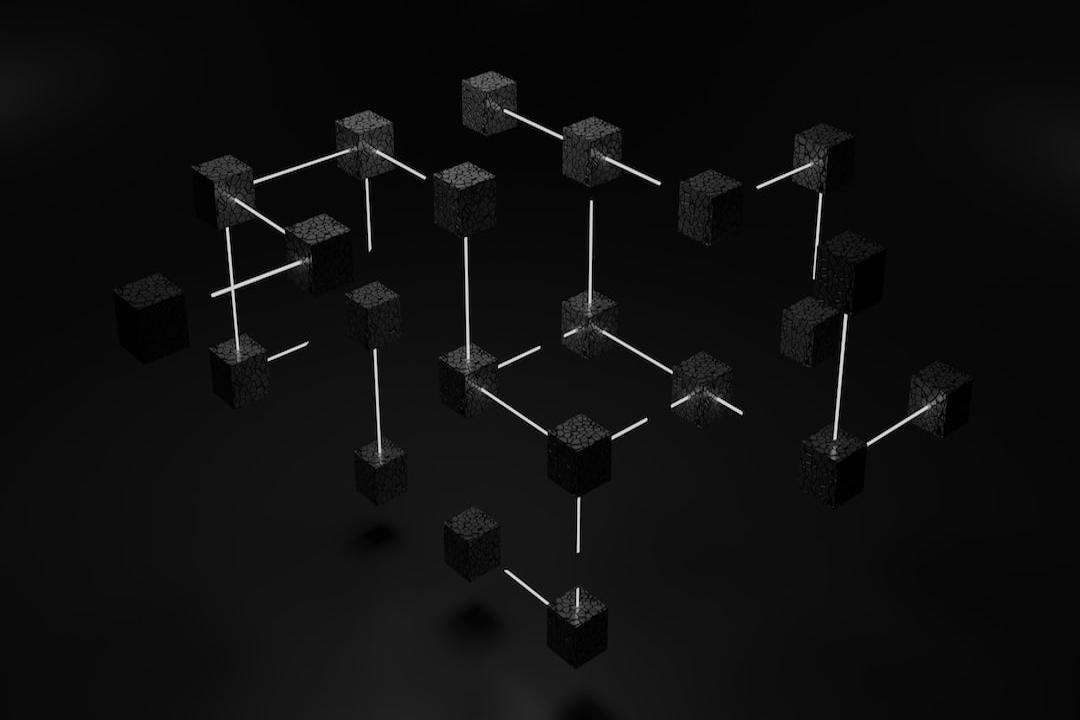Degen remains Degen, but just a few days ago, AIR on Base introduced a new mechanism called ERC-1919. So what exactly is this ERC-1919?
The issue with DEX trading is not necessarily a lack of liquidity, but rather the risk of liquidity being maliciously attacked by anonymous developers.
The solution provided by AIR aims to address this problem. The concept of ERC-1919 is not difficult to understand. In fact, I believe it is even simpler compared to the ordinary Uni V3 (or even Uni V2) pools. In other words, with ERC-1919, there is no need for DEX and LP to provide liquidity to the pool.
They do not adopt the traditional 50/50 LP model to determine prices based on supply and demand. Instead, they use a multi-tiered mechanism. In this specific case, the price increases or decreases based on a predetermined Delta value of 0.8% per tier.
The token quantities for each tier are predetermined in the contract. If there is a surge in demand, the price will increase and the ETH earnings will relatively decrease. When the selling pressure outweighs the buying pressure, the price will fall back to the previous tier. If the buy/sell orders are too large for a single price level to handle, they will fill the nearest tier and then continue to move up or down.
The benefit of this system is that you know what earnings you will get from the system, and once you sell the tokens, their tier will decrease (and be destroyed).
I find the charm of this mechanism lies in its potential for various use cases in the future, such as improved Dutch auctions and hierarchical node sales. Moreover, I have also discovered that this approach completely eliminates the issue of counterparty risk (as developers cannot rug after launching the LP), which is pretty cool.

